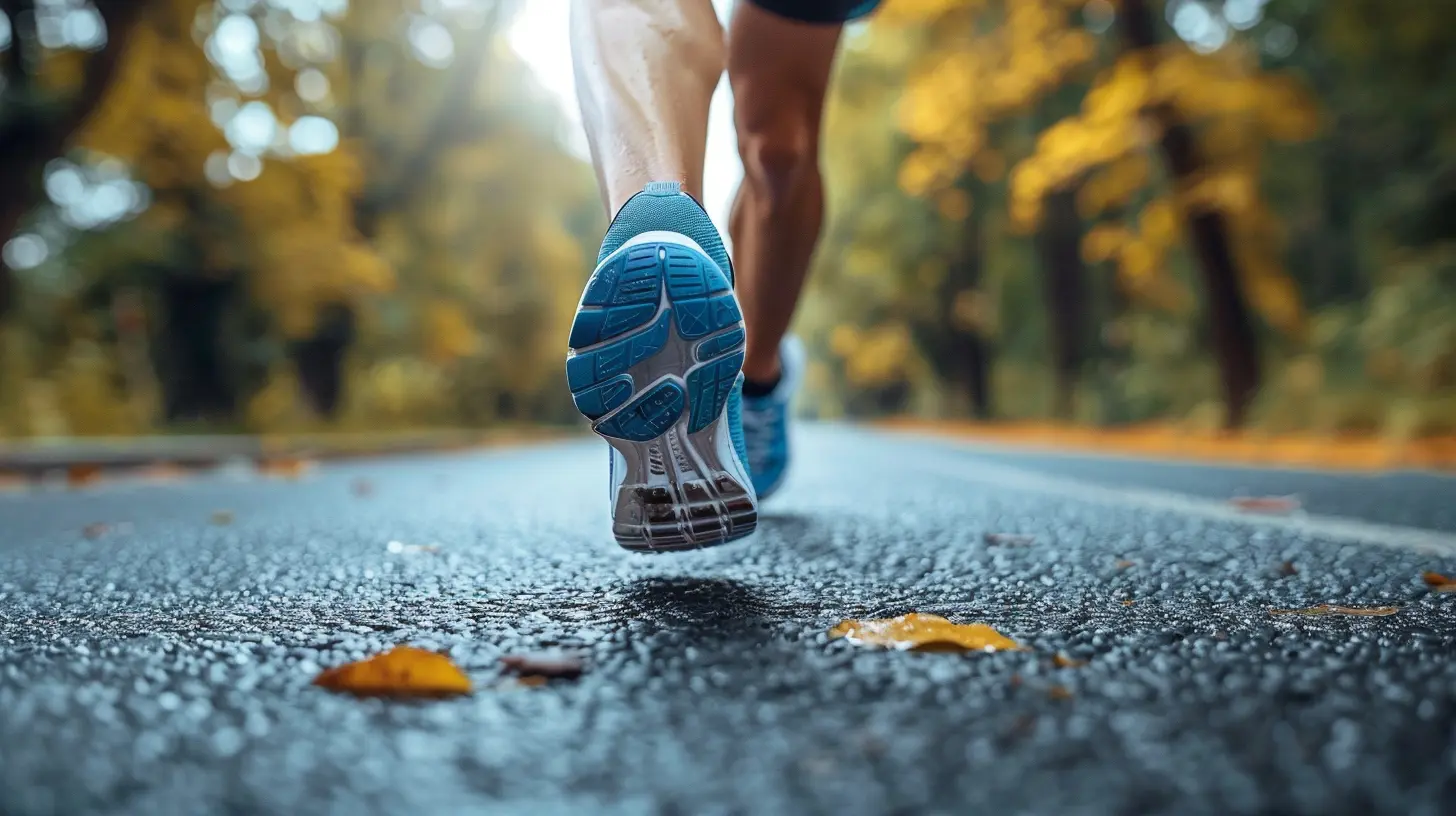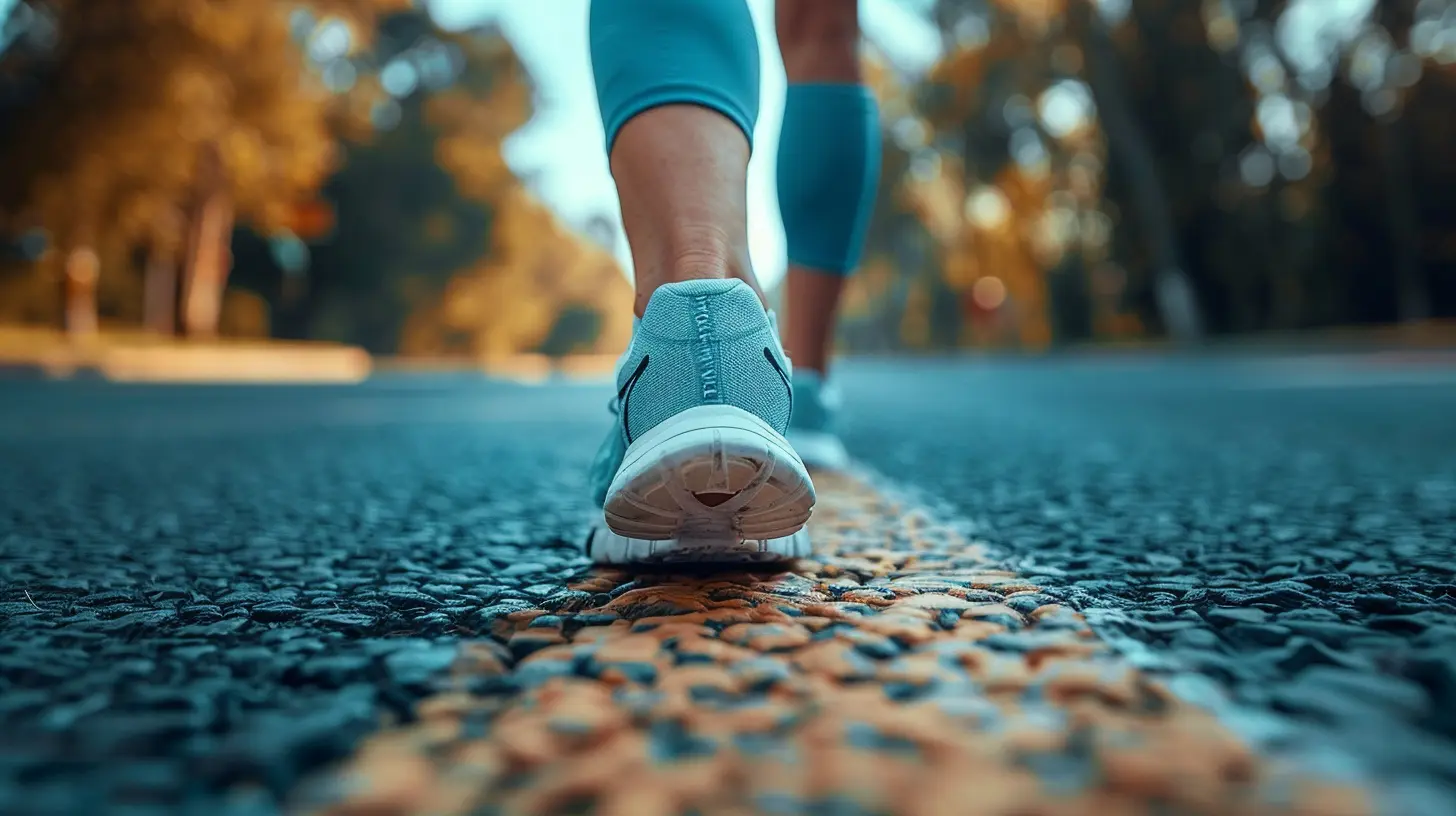Running Techniques to Prevent Shin Splints
12 May 2025
Shin splints—just reading the phrase makes runners wince! Whether you're a newbie hitting the pavement for the first time or a seasoned marathoner, shin splints can be a real pain. Literally. But don’t worry, I’ve got your back (or rather, your legs).
If you're tired of that nagging ache in your lower legs, you're in the right place. This guide will break down the best running techniques to prevent shin splints so you can keep logging miles without the misery!

What Are Shin Splints?
Before we dive into prevention, let's get a quick understanding of what shin splints actually are.Shin splints, medically known as medial tibial stress syndrome, occur when the muscles, tendons, and bone tissue around your shin become overworked. This typically happens due to repetitive stress—think running on hard surfaces, sudden increases in mileage, or improper footwear.
The pain usually starts as a dull ache along the inner shin but can intensify if left unchecked. And trust me, ignoring shin splints is a one-way ticket to more severe injuries like stress fractures.

Running Techniques to Prevent Shin Splints
Now that we've got the basics covered, let's talk about the good stuff—how to run smarter and avoid those dreaded shin splints.1. Start Slow and Build Gradually
One of the biggest mistakes runners make is doing too much, too soon. You can’t go from couch potato to marathoner overnight!- Follow the 10% rule—increase your weekly mileage by no more than 10% to allow your body to adapt.
- If you're new to running, mix in walking breaks to ease into it.
- Avoid excessive sprinting or high-intensity workouts right away.
Your body needs time to strengthen the muscles supporting your shins. Slow and steady wins the race (and prevents injuries).
2. Focus on Proper Running Form
Your running form can make or break your legs—literally. Poor technique puts unnecessary strain on your shins, leading to pain and potential injuries.Here’s what to keep in mind:
- Land softly: Avoid heavy heel striking. Instead, aim for a midfoot or forefoot strike to reduce impact.
- Keep your steps short and quick: A cadence of around 170-180 steps per minute helps distribute the impact more evenly.
- Lean slightly forward: Running with a slight forward lean (from the ankles, not the waist) can improve efficiency and reduce strain.
- Engage your core: A strong core stabilizes your body and prevents unnecessary rocking, which can contribute to shin splints.
3. Strengthen Your Lower Legs
Stronger muscles = happier shins. Strength training plays a crucial role in injury prevention, so don’t skip it!Effective exercises include:
- Toe taps: Sit or stand and repeatedly tap your toes to strengthen the shin muscles.
- Calf raises: Strengthen your calves to support your lower legs.
- Heel walks: Walk on your heels for 30-60 seconds to target the tibialis anterior.
- Resistance band exercises: Use a resistance band to work on ankle dorsiflexion (lifting your foot upward).
4. Work on Flexibility and Mobility
Tight muscles can pull on the shin area, increasing stress and discomfort. Regular stretching and mobility work can prevent this.Key stretches for shin splint prevention:
- Calf stretch: Stand against a wall and press your heel into the ground to stretch your calves.
- Toe stretch: Kneel on the floor with the tops of your feet flat and sit back to stretch your shins.
- Foam rolling: Roll out your calves and shins to release tightness.
5. Wear the Right Shoes
Your shoes are your armor, so choose wisely. Worn-out or unsupportive shoes can wreak havoc on your shins.- Get fitted: Visit a specialty running store for a professional assessment.
- Replace shoes regularly: Running shoes typically last 300-500 miles—keep track of your mileage and swap them out when needed.
- Consider orthotics: If you have flat feet or overpronate, custom or over-the-counter orthotics can provide extra support.
6. Run on Softer Surfaces
Concrete and asphalt can be brutal on your shins. Whenever possible, opt for softer running surfaces like:- Grass
- Dirt trails
- Rubberized tracks
- Treadmills (with proper cushioning)
Mixing up terrain can reduce the repetitive impact on your legs and minimize the risk of shin splints.
7. Listen to Your Body
This might be the simplest yet most overlooked tip—when your body tells you something, listen!If you start to feel even a hint of shin discomfort, take action:
- Reduce your mileage temporarily.
- Incorporate rest days.
- Ice the affected area to reduce inflammation.
Pushing through pain only makes things worse in the long run. A few days of rest is far better than weeks of forced recovery due to injury.
8. Cross-Train to Reduce Impact
Running isn’t the only way to improve your endurance! Integrating low-impact activities can build strength while giving your shins a break.Good alternatives include:
- Swimming
- Cycling
- Elliptical training
- Rowing
Cross-training keeps your cardio fitness up without the constant pounding on your legs. Think of it as giving your shins a vacation while the rest of your body stays in shape.

When to See a Doctor
If you've tried all these techniques and the pain persists or worsens, it's time to consult a professional. Chronic shin pain could indicate something more serious, like stress fractures or compartment syndrome.Signs you should see a doctor:
- Pain that doesn’t improve with rest
- Swelling along the shin
- Pain that worsens with activity
- Numbness or tingling in the legs
It’s always better to be safe than sorry. Getting expert advice ensures you heal properly and return to running stronger than before.

Final Thoughts
Shin splints can feel like a frustrating roadblock in your running journey, but they don’t have to be! By adjusting your technique, strengthening your muscles, and listening to your body, you can keep your shins happy and pain-free.Remember, running is a long-term game—treat your body well today, and it will reward you with many more miles in the future. So lace up your shoes, hit the road, and run smarter, not harder!
all images in this post were generated using AI tools
Category:
RunningAuthor:

Nelson Bryant
Discussion
rate this article
5 comments
Sofia Simon
While mastering running techniques is essential for preventing shin splints, it also reflects a deeper journey of self-awareness and resilience. Each stride offers a lesson in listening to our bodies, balancing ambition with caution, and embracing the painful yet transformative path of growth. In running, as in life, awareness is key.
May 19, 2025 at 3:49 AM

Nelson Bryant
Thank you for your insightful comment! I completely agree that running is not just about technique but also a journey of self-discovery and resilience. Emphasizing awareness truly enhances both our running and personal growth.
Gunnar Marks
Great insights on preventing shin splints! Incorporating proper warm-ups and gradually increasing mileage can make a significant difference. Thanks for sharing these valuable techniques!
May 14, 2025 at 7:29 PM

Nelson Bryant
Thank you for your feedback! I'm glad you found the techniques helpful for preventing shin splints. Happy running!
Jude Smith
Shin splints are like that uninvited guest at a party—nobody wants them! Time to kick them out with these running techniques. Lace up, stretch out, and let’s keep those shins happy!
May 14, 2025 at 10:49 AM

Nelson Bryant
Absolutely! With the right techniques, we can definitely send those unwelcome shin splints packing! Let's keep the focus on injury prevention and enjoy our runs.
Greta McInnes
Great article! Clear techniques to prevent shin splints are essential for runners at all levels. Implementing these tips can make a significant difference in performance and overall enjoyment of running. Thank you!
May 13, 2025 at 7:17 PM

Nelson Bryant
Thank you for your kind words! I'm glad you found the tips helpful for enhancing your running experience. Happy running!
Zanthe McCoy
Incorporating proper running techniques is crucial for preventing shin splints. Focus on posture, cadence, and gradual mileage increases to keep your legs healthy and pain-free. Prioritize your form!
May 12, 2025 at 11:42 AM

Nelson Bryant
Thank you for your insightful comment! Proper running techniques are indeed vital for preventing shin splints. Emphasizing good posture, cadence, and gradual mileage increases can make a significant difference in keeping runners healthy.




